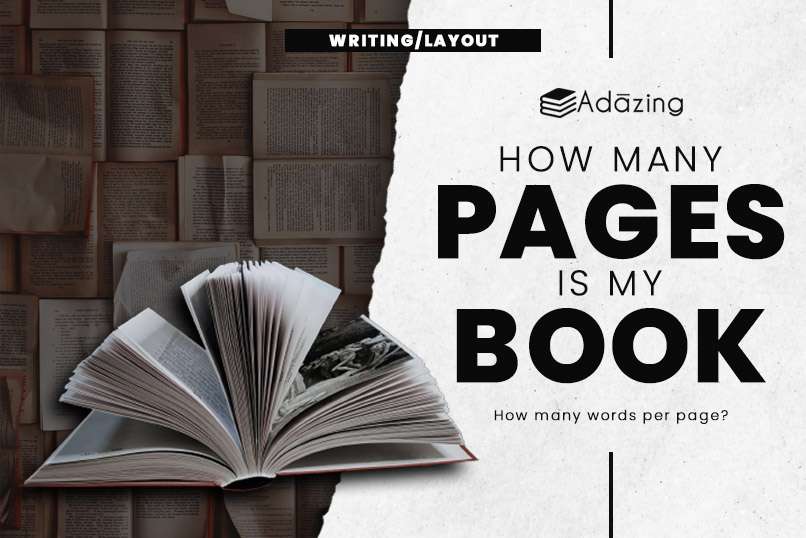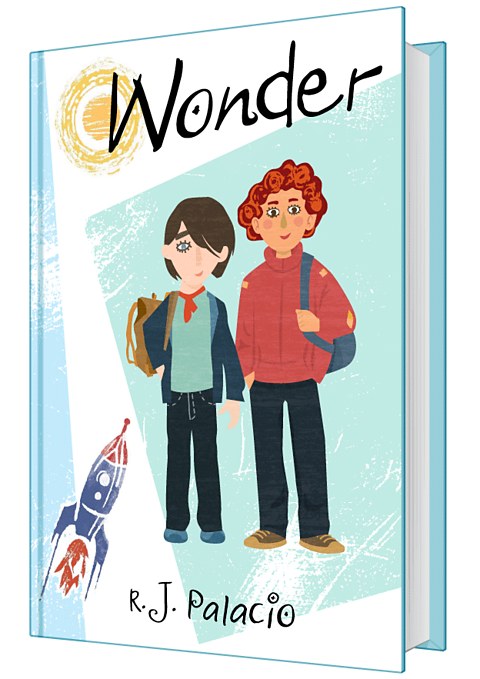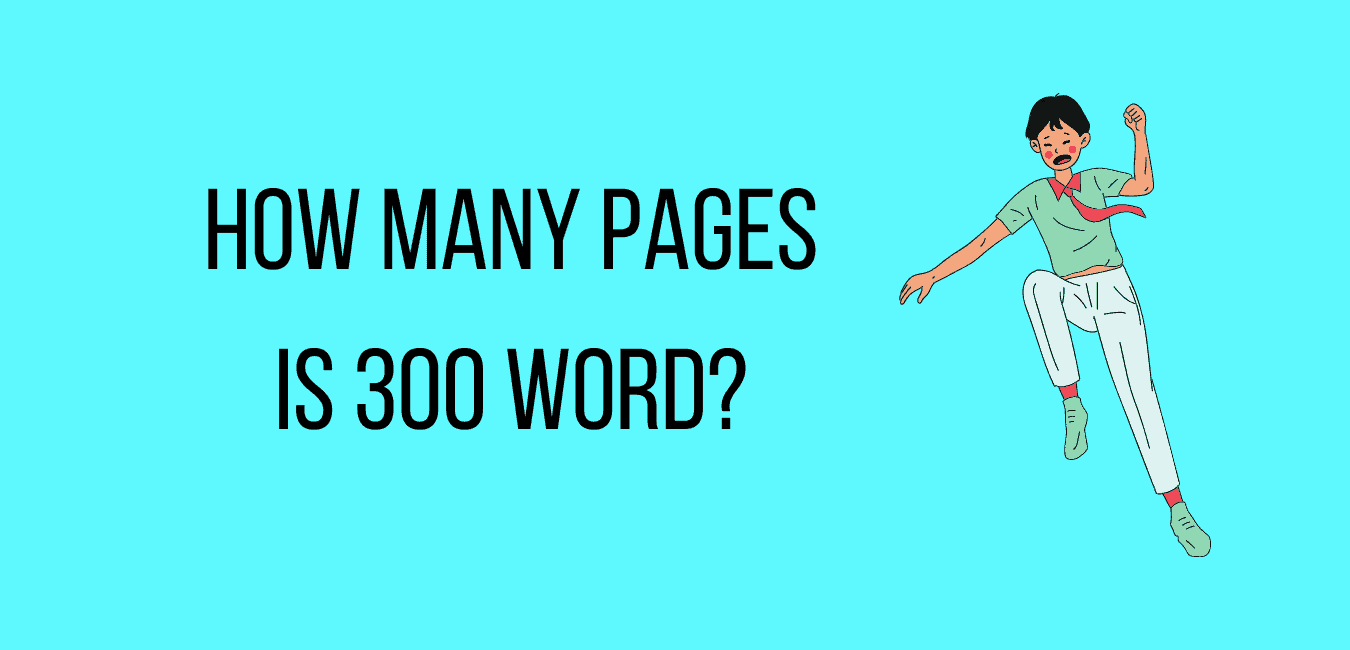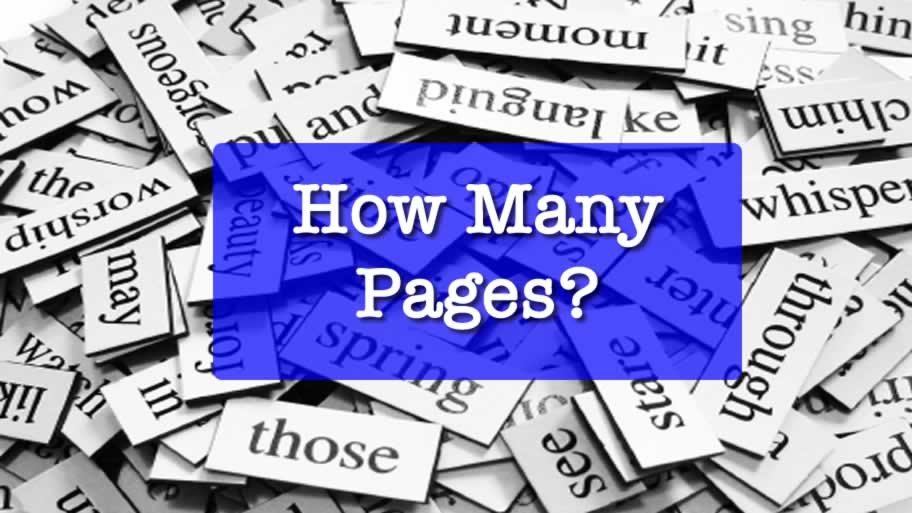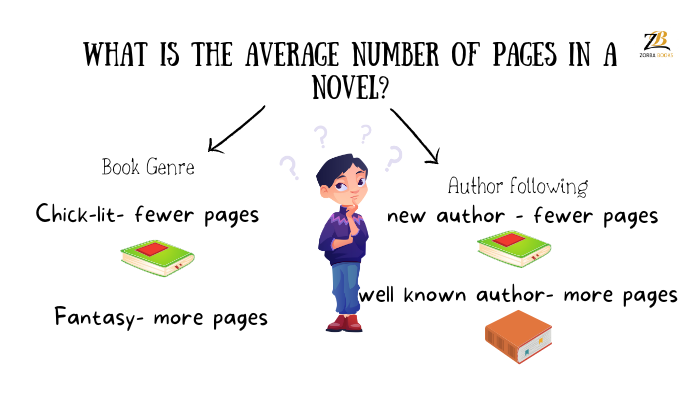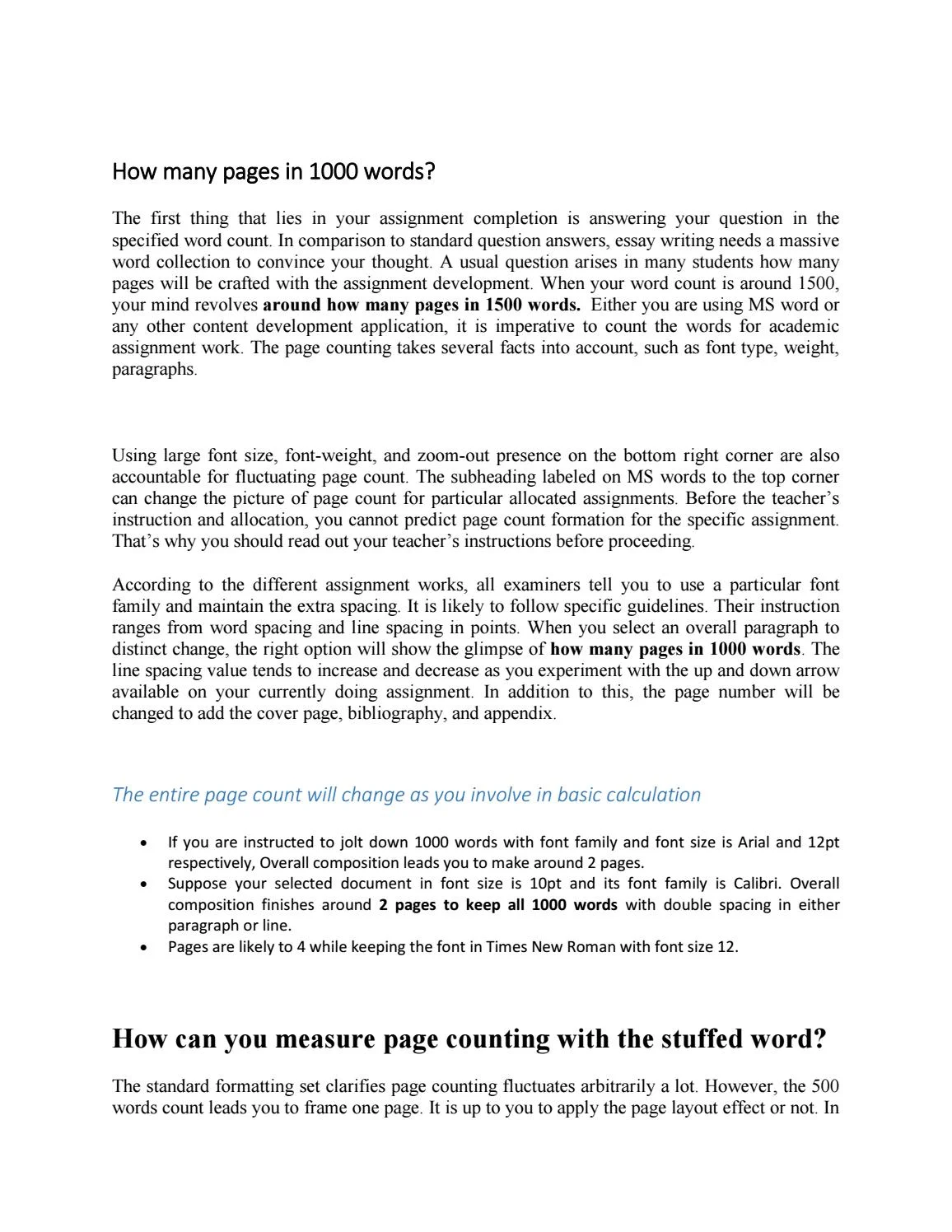How Many Pages Is In Wonder

The question seems simple: How many pages are in R.J. Palacio's beloved novel, Wonder? Yet, the answer is surprisingly complex, varying depending on the edition, format, and even the country of publication. This discrepancy can lead to confusion for students, educators, and book clubs alike, impacting reading schedules and classroom planning.
The core issue revolves around the different editions of Wonder published by various imprints and distributors. While the story remains consistent, factors such as font size, page size, and supplementary materials influence the total page count. This article delves into the various editions of Wonder, providing a comprehensive overview of their respective page lengths and exploring the implications of these variations for readers and educators.
Understanding the Different Editions
Wonder has been published in numerous formats, including hardcover, paperback, ebook, and audiobook. Each of these formats often has different editions available from various publishers.
Hardcover Editions
The original hardcover edition published by Alfred A. Knopf, an imprint of Random House Children's Books, is widely considered the standard. This edition generally clocks in around 392 pages. However, some variations may exist depending on the printing.
Differences can arise from subtle changes in typesetting or the inclusion of additional content, such as author's notes or discussion questions. It's important to check the edition's specific details to confirm the exact page count.
Paperback Editions
The paperback edition of Wonder tends to be slightly longer than the hardcover, often exceeding 400 pages. This is typically due to a smaller font size and tighter margins to reduce the physical size and weight of the book.
For example, a paperback edition might range from 400 to 416 pages. Publishers often prioritize portability and affordability for paperback versions, which influences the layout and design choices.
Ebook Editions
Ebook editions present a unique challenge when determining page count. The number of "pages" displayed on an e-reader is highly dependent on the user's settings.
Font size, screen size, and margin preferences all impact how much text appears on a single screen. Consequently, ebook editions do not have a fixed page count in the traditional sense. Instead, e-readers often display a percentage completed or an estimated page number based on a default setting.
The Impact of Varying Page Counts
The differences in page count can have several practical implications. For educators, it can complicate lesson planning and assignment deadlines.
A teacher assigning Wonder as required reading needs to be aware of the specific edition their students are using. Assigning daily reading quotas based on one edition might create an uneven workload for students with different versions.
Book clubs also face similar challenges. Members reading different editions may struggle to stay on the same page (literally!) during discussions. It's advisable for book clubs to agree on a specific edition to minimize confusion.
These variations also impact accessibility. Smaller font sizes in some editions can make the book more difficult to read for individuals with visual impairments. Libraries often offer large-print editions or audiobooks to address these accessibility concerns.
Publisher Statements and Data
Official statements from Random House Children's Books, the primary publisher of Wonder, generally cite the original hardcover edition as having approximately 392 pages. However, they acknowledge the variations in subsequent editions and formats.
Book retailers such as Amazon and Barnes & Noble typically list the page count in the product details for each edition. These listings can serve as a valuable resource for consumers and educators.
Library databases, like WorldCat, also provide information on different editions, including their page counts and ISBNs. These databases can be helpful in identifying the specific version of the book.
"It's important to remember that the heart of the story remains the same, regardless of the edition," said a spokesperson for Random House in a statement. "While page counts may vary, the message of kindness and acceptance at the core of Wonder is universal."
Looking Ahead
As Wonder continues to be a popular choice for readers of all ages, the issue of varying page counts is likely to persist. Future editions may incorporate new features or supplementary materials, further affecting the total page length.
Publishers could consider implementing a standardized page numbering system across different editions to mitigate confusion. This would involve adopting consistent formatting and typography guidelines.
Ultimately, the best approach is for readers, educators, and book clubs to be aware of the different editions and their respective page counts. By communicating effectively and verifying the edition being used, it's possible to avoid potential challenges and fully appreciate the power of Wonder's message.





